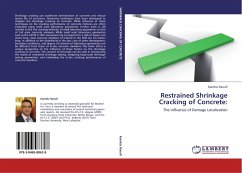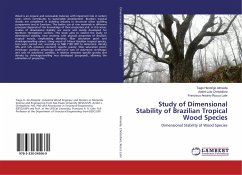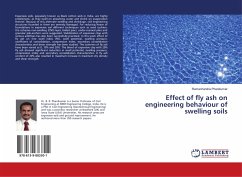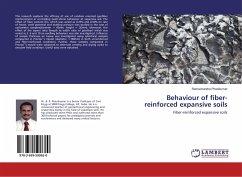Shrinkage cracking can accelerate deterioration of concrete and reduce service life of structures. Numerous techniques have been developed to mitigate the shrinkage cracking of concrete. While influence of these techniques on the cracking performance of concrete mixtures are often evaluated using small scale laboratory geometries, further work is still needed to link the cracking behavior of small laboratory geometries to that of full scale concrete elements. While small scale laboratory geometries such as the ASTM C-1581 restrained ring correspond to a slab of about one meter long, most concrete members of interest in the field are 3-5 meters long. In addition to the dissimilarity in the size, rate of stress development, boundary conditions, and degree of restraint of laboratory geometries can be different from those of in-situ concrete members. This book offers a unique perspective on the influence of these factors on the shrinkage cracking of concrete. The content of this bookcan be used in interpreting the results of restrained shrinkage testing, designing large-scale shrinkage testing geometries, and estimating the in-situ cracking performance of concrete members.
Bitte wählen Sie Ihr Anliegen aus.
Rechnungen
Retourenschein anfordern
Bestellstatus
Storno








